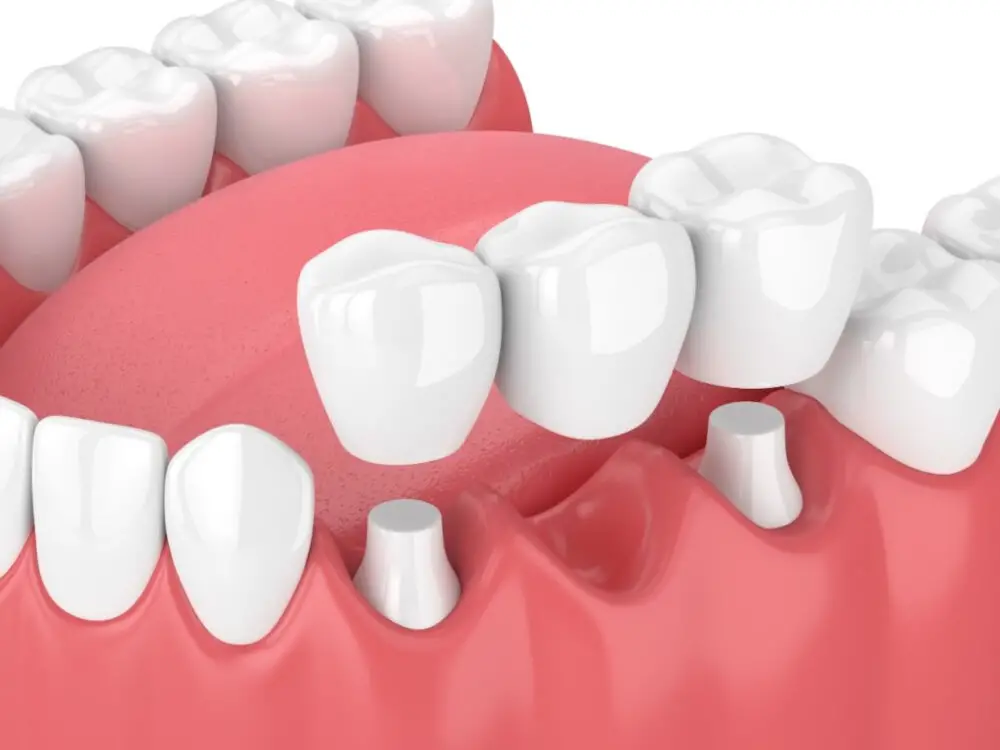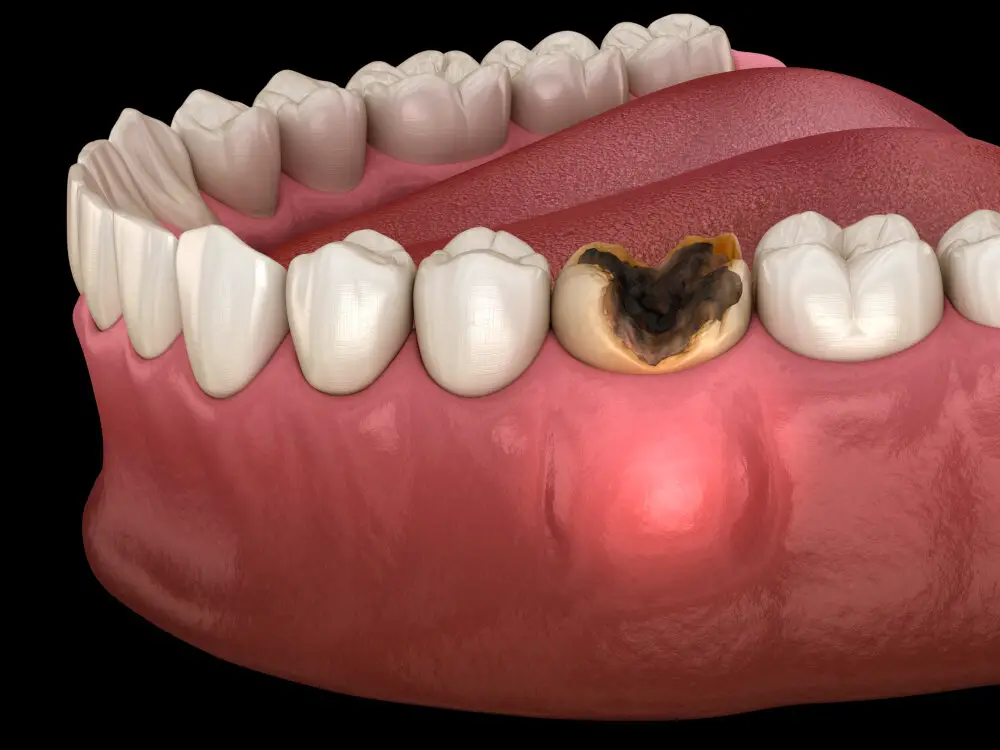Great White Shark Teeth: Counting the Impressive Rows of this Apex Predator

The Great White Shark is one of the most fascinating creatures in the ocean. It is an apex predator that dominates the food chain and commands respect from other marine life. One of the most impressive features of this shark is its teeth. The Great White Shark’s teeth are a marvel of nature, with rows upon rows of razor-sharp teeth that can easily rip through flesh and bone. Counting the rows of teeth in a Great White Shark’s mouth can reveal much about its age, health, and behavior. The Great White Shark’s teeth are unique in the animal kingdom. Unlike humans, who only have two sets of teeth in their lifetime, sharks continually regenerate their teeth throughout their lives. A Great White Shark can go through thousands of teeth in its lifetime, with each tooth growing and replacing the one before it. These teeth are not only sharp but also serrated, allowing the shark to tear through its prey with ease. The Great White Shark’s teeth are so impressive that they have become a popular souvenir for beachgoers, who often collect them after they wash up on shore.
Great White Sharks, also known as Carcharodon carcharias, are one of the most feared and revered predators of the ocean. These apex predators can grow up to 6 meters in length and weigh over 2,000 kilograms. Their large, powerful bodies are supported by rows of serrated teeth, which can number up to 300 in total. These teeth are triangular in shape and can grow up to 7 centimeters in length. The teeth of a Great White Shark are designed to be razor-sharp, allowing them to easily tear through flesh and bone. With an incredible sense of smell and unmatched hunting skills, these magnificent creatures have earned their place at the top of the food chain.
What are Great White Shark Teeth?

Great White Shark Teeth are one of the most feared and impressive features of this apex predator. These teeth are unique in many ways, with the most notable being their triangular shape and serrated edges. The serrations on the teeth allow the Great White Shark to easily grasp and tear apart its prey, making them one of the most efficient predators in the ocean. The teeth are also constantly replaced throughout the shark’s life, with new teeth growing in rows behind the older ones. This means that a Great White Shark can have up to 300 teeth in its mouth at any given time, with several rows of teeth waiting to replace the ones that fall out during feeding. Despite their sharp and intimidating appearance, Great White Shark Teeth are also a valuable tool for scientists and researchers. By studying the teeth, researchers can learn about the diet and feeding habits of these predators, including the different types of prey they consume. The teeth can also reveal information about the age and growth rate of the sharks, as well as their migration patterns and habitat preferences. Additionally, Great White Shark Teeth are highly sought after by collectors and enthusiasts, with some teeth fetching high prices on the open market. Overall, Great White Shark Teeth are a fascinating and important aspect of these powerful predators, serving as a testament to their incredible hunting abilities and unique biology.
Great White Shark teeth are one of the most impressive and feared physical features of this apex predator. Their teeth are large, triangular-shaped, and razor-sharp, perfectly adapted for tearing through tough prey. The teeth are arranged in several rows, with each row containing up to 300 teeth, ensuring that the shark always has a fresh set ready to use. The teeth are also constantly being replaced, with new teeth growing in and pushing out the old ones. The teeth are a striking white color, helping them to blend in with the shark’s overall appearance. Overall, Great White Shark teeth are a marvel of evolution, perfectly designed for the shark’s predatory lifestyle.
Great white shark teeth are distinct from those of other shark species in several ways. Firstly, they are larger and more triangular in shape, with serrated edges that are designed to slice through prey with ease. Secondly, they are arranged in rows that are constantly being replaced throughout the shark’s lifetime, with up to 300 teeth in as many as 7 rows at any one time. This gives the great white shark a formidable arsenal of teeth that can be used to attack and consume a wide range of prey, from small fish to large marine mammals. Additionally, their teeth are incredibly strong and durable, allowing them to withstand the stresses of biting and tearing through tough prey. Overall, the unique characteristics of great white shark teeth make them one of the most fearsome and effective predators in the ocean.
How Many Rows of Teeth Do Great White Sharks Have?

The Great White Shark is one of the most feared predatory animals in the world, known for its incredible speed, size, and strength. But perhaps what’s most impressive about these creatures is their teeth. Great White Sharks have incredible rows of teeth that can reach up to 300 in number! These teeth are arranged in a way that allows the shark to easily tear through its prey, making it one of the deadliest predators in the ocean. Each row of teeth in a Great White Shark’s mouth is situated in a different stage of development. The front row is the most prominent, with large and sharp teeth designed for grabbing and holding onto prey. The rows behind this front row act as backup teeth, ready to replace any that are lost during an attack. As the shark loses teeth, new ones grow in from the rows behind, ensuring that the predator always has a full set of sharp, deadly teeth at its disposal. It’s no wonder that the Great White Shark is considered an apex predator in the ocean, with the ability to take down even the largest and most powerful animals in its path.
The Great White Shark is a fascinating creature with unique adaptations, one of which is its tooth replacement cycle. Unlike humans, who only have two sets of teeth in their lifetime, Great White Sharks have multiple rows of teeth that can number up to 300 at any given time. They have a conveyor belt-like system where rows of teeth move forward as the front teeth fall out or break off while hunting and feeding. It’s impressive that a Great White Shark can lose up to 50,000 teeth in its lifetime, which can be replaced within a few days. This tooth replacement cycle is critical for the shark’s survival as these predators need sharp teeth to catch and eat their prey. The impressive rows of teeth of the Great White Shark are a testament to its adaptability and evolution as an apex predator.
The Great White Shark, famously known as the apex predator of the ocean, has an impressive set of teeth that are designed for hunting. At any given time, they typically have five to six rows of teeth. These rows consist of around 50 to 60 teeth in the front row and up to 300 teeth in the back rows. The teeth are shaped like triangular serrated blades, which are perfect for grasping and ripping apart their prey. As the front teeth become worn or lost, the back rows move forward, and new teeth grow in their place. This continuous process ensures that the Great White’s teeth are always sharp and ready for the next meal. The impressive rows of teeth are one of the many reasons why the Great White Shark is a feared and respected predator of the ocean.
What Do Great White Shark Teeth Look Like Up Close?

Great white shark teeth are a sight to behold up close. These razor-sharp, triangular teeth are designed to shred through the flesh of their prey with ease. The teeth are positioned in several rows, with the front rows being larger and more pointed than the back rows. The teeth can measure up to 3 inches long, and their serrated edges allow the shark to grip its prey tightly and tear it apart. The teeth of a great white shark are also unique in their structure. Unlike human teeth, which are fixed in place, the teeth of a great white shark are constantly being replaced. As a tooth is lost or broken, a new tooth moves forward to take its place. This means that a great white shark can go through thousands of teeth in its lifetime. The shape and size of the teeth can also vary depending on the location in the jaw. The teeth in the front of the jaw are more pointed and designed for grabbing prey, while the teeth in the back of the jaw are flatter and used for crushing and grinding. Overall, the teeth of a great white shark are a testament to the power and efficiency of this apex predator.
The examination of the microscopic features of Great White Shark teeth reveals fascinating insights into the evolutionary adaptations of this apex predator. The teeth are arranged in several rows along the jawline, with the largest teeth in the front rows, and smaller teeth towards the back. The edges of the teeth are serrated, allowing the shark to grip and tear its prey with ease. Additionally, the enamel coating on the teeth is incredibly strong, allowing the shark to bite through thick hides and bones. The microscopic analysis of the teeth also reveals evidence of wear and tear, indicating the age and hunting habits of the shark. Overall, the study of Great White Shark teeth provides valuable information about the behavior, diet, and ecology of these magnificent creatures.
The great white shark’s predatory abilities are largely attributed to its impressive teeth. With up to 300 serrated teeth arranged in multiple rows, the shark can easily grip and tear through its prey. Additionally, the shark’s teeth are constantly replaced throughout its lifetime, ensuring that it always has a sharp and effective set. The shark’s ability to detect even the slightest movements and vibrations in the water through its electroreceptive organs, known as the ampullae of Lorenzini, also contributes to its prowess as a hunter. Combined with its size, speed, and agility, the great white shark is truly a formidable apex predator.
Why are Great White Shark Teeth So Impressive?

Great White Sharks are among the most feared predators in the ocean, and their teeth play a crucial role in their predatory activities. Great White Sharks have a unique set of teeth that are specifically designed for hunting and killing their prey. These teeth are incredibly sharp, serrated, and can grow up to three inches in length. Their teeth are also arranged in rows, with up to 300 teeth in seven rows. When one tooth is lost, it is immediately replaced by another, ensuring that the shark always has a full set of teeth. This ability to continually replace teeth is one of the reasons why Great White Shark teeth are so impressive. Another reason why Great White Shark teeth are so impressive is their strength. The jaws of a Great White Shark are incredibly powerful, capable of exerting over 18,000 newtons of force. This force, combined with their serrated teeth, allows them to bite through almost anything, including bone. This makes them one of the most efficient predators in the ocean, able to take down prey much larger than themselves with ease. The combination of sharpness, serration, and strength makes Great White Shark teeth truly impressive, and an essential weapon in their hunting arsenal.
The Great White Shark, also known as the apex predator of the ocean, possesses an impressive set of teeth that are designed for hunting and tearing prey apart. It’s no wonder they strike fear into the hearts of many. These teeth are incredibly strong, razor-sharp, and can grow up to 3 inches in length. The Great White Shark has multiple rows of teeth, with up to 300 teeth in their mouth at any given time, and can lose and replace up to 1 tooth per week. Their teeth are serrated, and their bite has been measured to exert a force of up to 18,000 newtons, which is more than enough to crush bones and tear through flesh. These teeth are a true testament to the power and size of this incredible ocean predator.
The great white shark has long been a source of fear and fascination for humans. Its powerful jaws and rows of razor-sharp teeth can strike terror into even the bravest of souls, yet its graceful movements and sleek design are a testament to the beauty of nature. The great white’s reputation as an apex predator has been built over centuries, as it has been portrayed in popular culture as a merciless killer of humans and other animals. However, recent research has shown that these creatures are much more complex than we once thought, with complex social structures and behaviors that are still being uncovered. Whether feared or revered, the great white shark remains one of the most captivating creatures in the natural world.
Great White Shark teeth are one of the most impressive features of this apex predator. These creatures have rows of razor-sharp teeth that are finely serrated, enabling them to tear through their prey with ease. They can have up to 300 teeth at any given time, and if one tooth is lost, another will quickly replace it. The teeth are not only used for hunting and feeding but also for defense and intimidation. Great White Sharks have a unique ability to sense the electric fields produced by other living creatures, allowing them to detect prey from great distances. The size and shape of their teeth vary depending on their position in the mouth, with larger teeth at the front of the jaw used for grabbing and tearing, and smaller teeth towards the back used for grinding and crushing. Overall, these teeth are a key factor in the success of the Great White Shark as a top predator in the ocean.
In conclusion, understanding the impressive teeth of the great white shark is crucial for both scientific and cultural reasons. From a scientific perspective, the teeth provide valuable insight into the diet and hunting behavior of this apex predator. By counting the rows and examining the shape and size of the teeth, researchers can better understand how the great white shark has evolved to become such an efficient hunter. From a cultural perspective, the teeth of the great white shark have held a special significance in many coastal communities throughout history. They have been used for centuries in traditional jewelry and ceremonial objects, and continue to be an important part of many cultural practices today. Overall, understanding the teeth of the great white shark can deepen our appreciation and knowledge of this iconic predator, both in the scientific and cultural realms.
Conclusion

In conclusion, the great white shark’s teeth are a remarkable feat of evolution and precision engineering. With impressive rows of sharp, serrated teeth, this apex predator is capable of tearing through flesh and bone with ease. The sheer number of teeth in a single shark’s mouth is awe-inspiring, and their ability to regenerate lost teeth throughout their lifetime is nothing short of remarkable. These teeth allow the great white shark to maintain its position as one of the ocean’s most feared and respected predators. It is truly a marvel of nature, and a testament to the power and adaptability of the animal kingdom.







